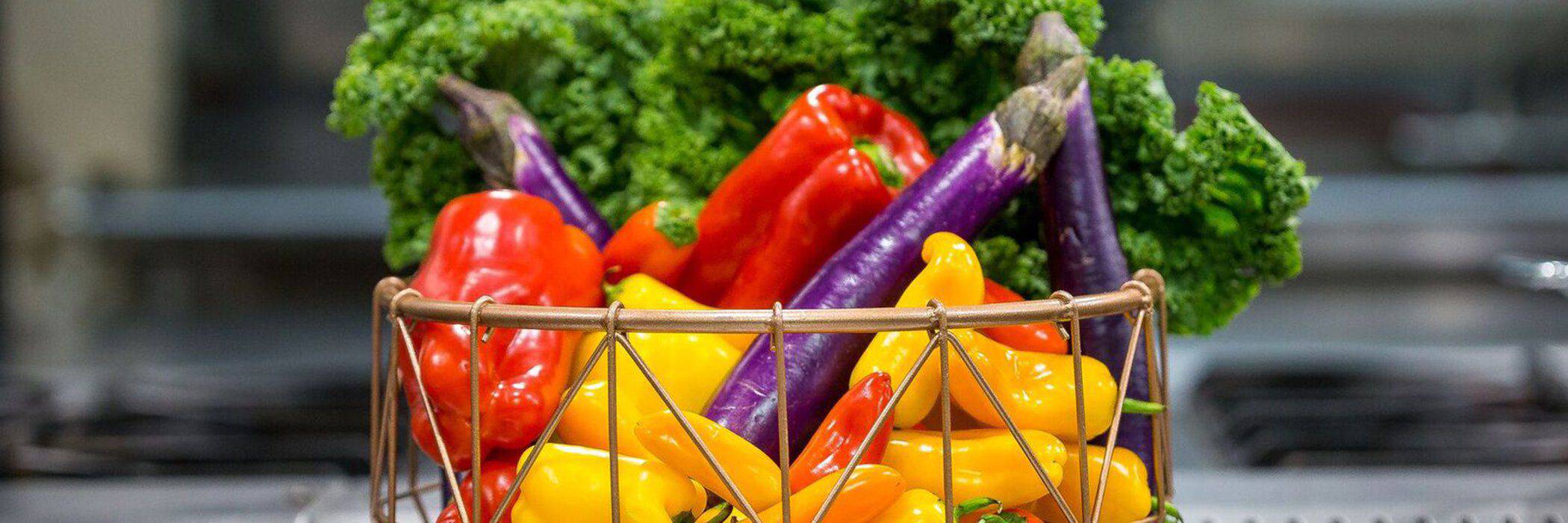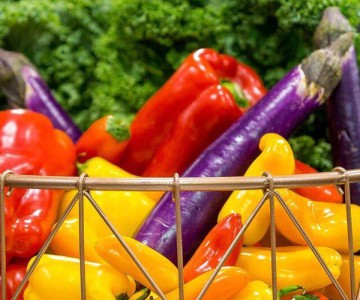How can a seasonal, locally grown tomato make you and the planet Earth happier?
May 09, 2017Student Leadership Development Institute
By Kenan Rabah
The fruit and vegetable section in any supermarket is definitely my favorite section. The wonderful, shiny vegetables and fruits are always perfectly arranged with the same color and size, and some of them are even cut, boxed, and ready for you to eat or cook right away. Furthermore, you can find all different varieties available for you at any time of the year, regardless of their season. Brussels sprouts in the summer and berries in the winter? HOW CONVENIENT! But is it really as good as it seems?
The seasonal, local ingredients trend has become more popular nowadays, and it is mostly associated with the farm-to-table movement, which is a social movement that promotes serving local foods in restaurants and food operations. Since the 2000s, the number of farm-to-table operations has grown rapidly in America, and according to the National Restaurant Association in 2015, “four of the top ten trends [were] related to local foods.” So we can see that the culinary scene is driven toward seasonality and locality with regard to ingredients; but how does this improve our experience as customers or chefs, and what about the environment?
It is cheaper: When produce is in season locally, the relative abundance of the crop usually makes it less expensive. Moreover, local produce doesn’t need to be shipped long distance, and that will save so much money and will certainly lower the cost of the ingredients.
It is more flavorful: For chefs and customers, I think the flavor of the ingredient is as important as the cost, if not more so. When food is not in season, it is either grown in hothouses or shipped from different places around the world, and both affect its flavor. Forcing food to grow out of season will definitely affect the flavor because it won’t get the energy needed from nature to grow and develop properly. Transporting crops requires early harvest and refrigeration so they don’t rot during transportation, and this will definitely result in a lack of flavor compared to when crops ripen in their natural environment.
It is healthier: The early harvest and transportation of the crop will affect its nutritional value. First of all and as mentioned before, vegetables and fruits are best when they are fully developed in their natural environment, so early harvest will prevent the development of full flavor and nutrients in the crops. Furthermore, transporting food might require further processing like irradiation (zapping the produce with a burst of radiation to kill germs) or preservatives (like wax) to protect the produce, and while this might not have a serious effect on bodily health, it’s most certain that food is safer without these treatments.
It is also looking after the planet: Purchasing local foods and eating in season helps to protect the planet, because you are reducing the number of miles the food needs to reach you and, therefore, reducing the amount of fuel needed to transport it, and this obviously helps reduce the pollution caused by burning fuel in the air. Furthermore, eating in-season foods will minimize the human impact on the natural cycle of growing foods, and the less technology we use to grow foods, the less polluting energy sources will be used.
Eating in season from local suppliers is much healthier for you and for the planet, and with regard to all of the facts mentioned before, the earth provides us with amazing foods and produce that are perfect just the way they are, so why do we need to make an extra effort to produce things that won’t be as good as if they were natural? Take advantage of nature as is.
Kenan Rabah, Student Leader
Culinary Arts, Class of March 2018


